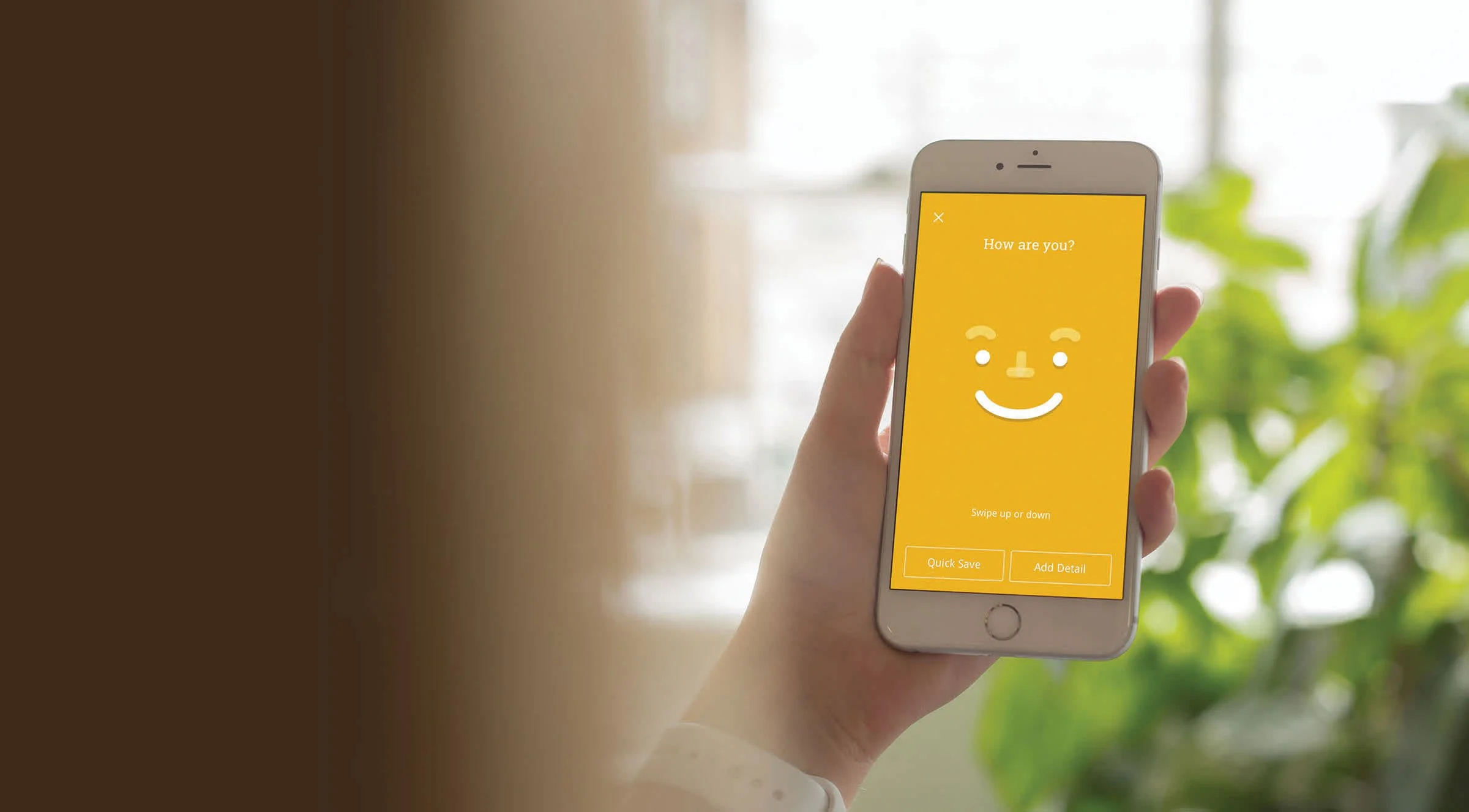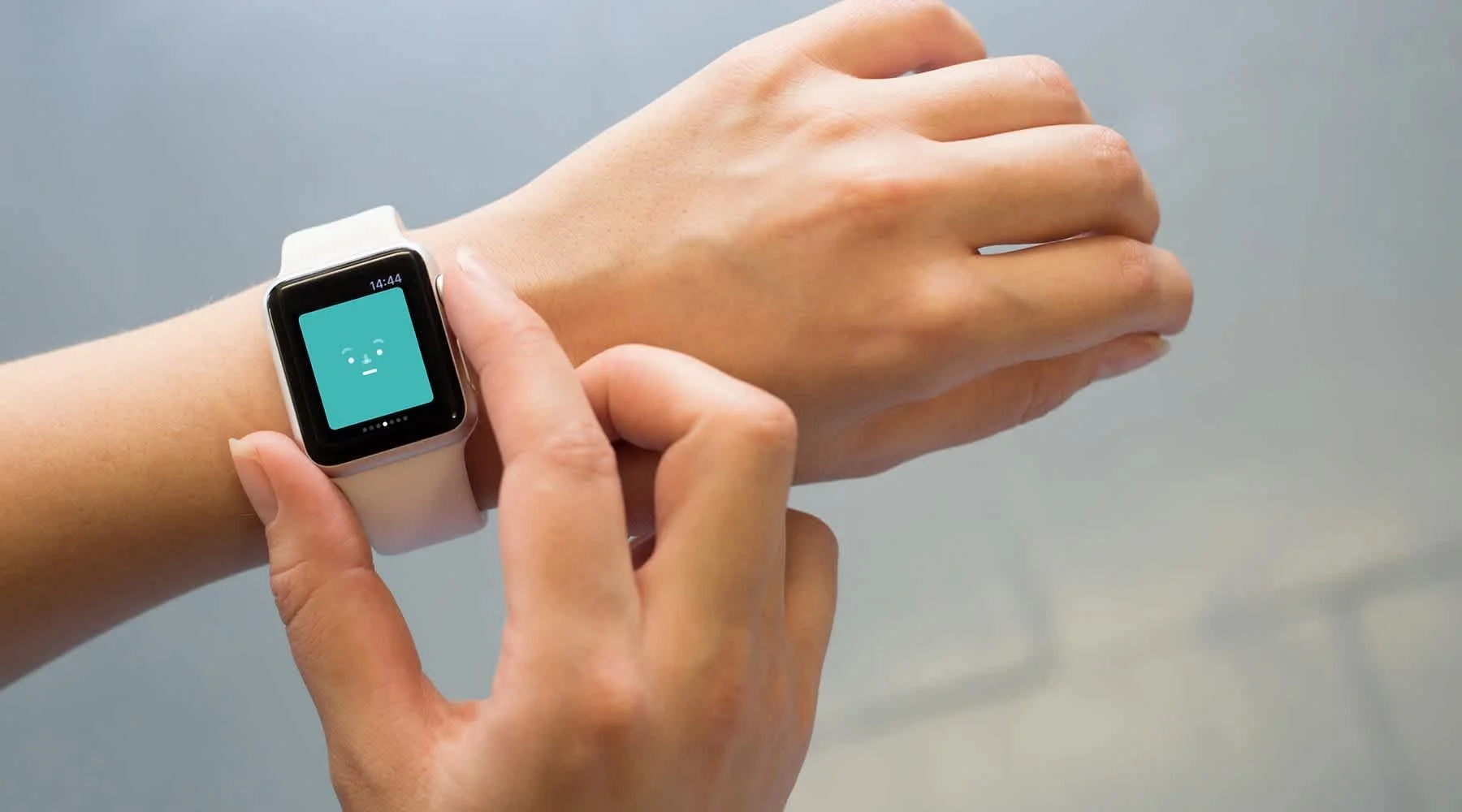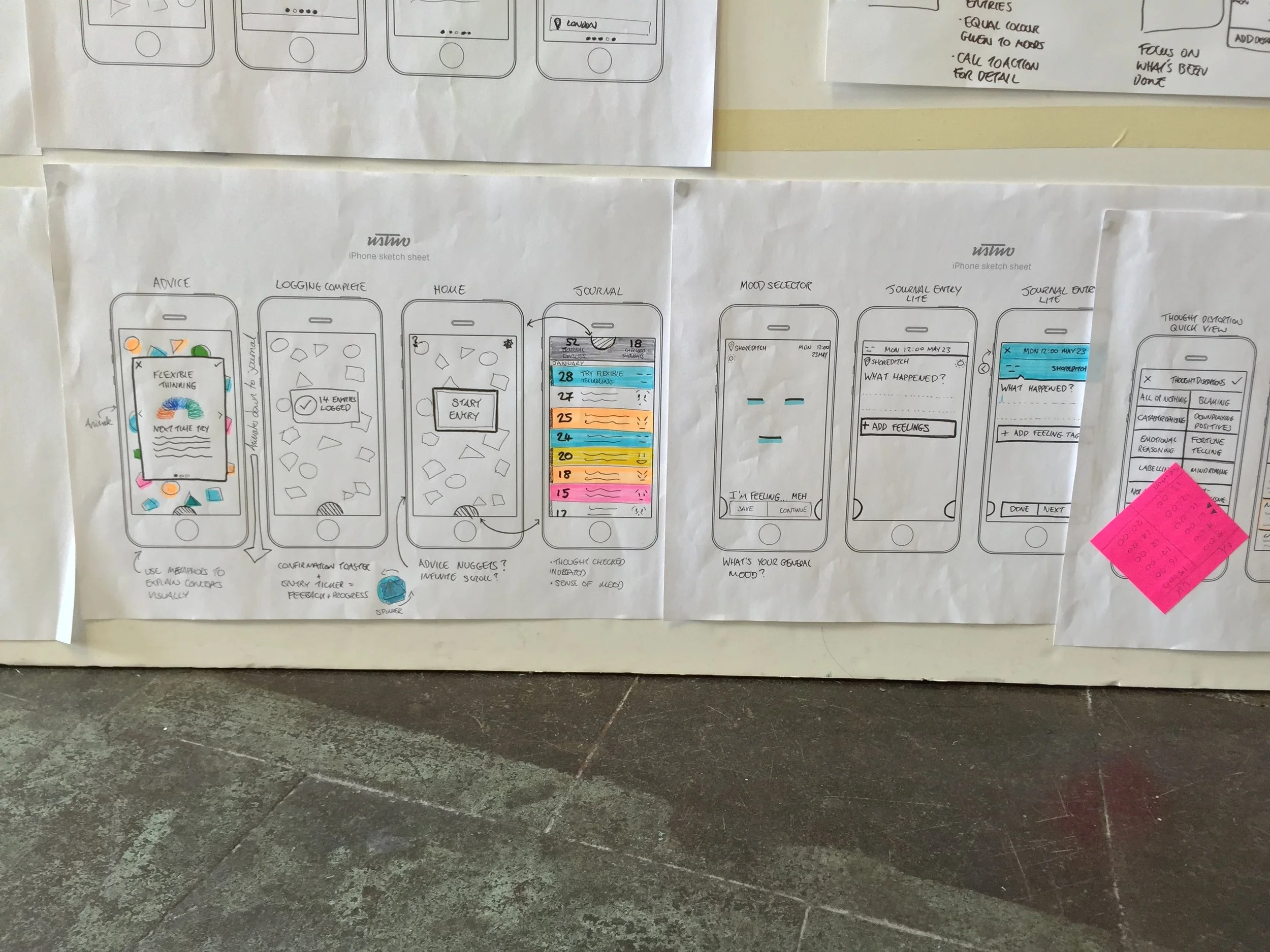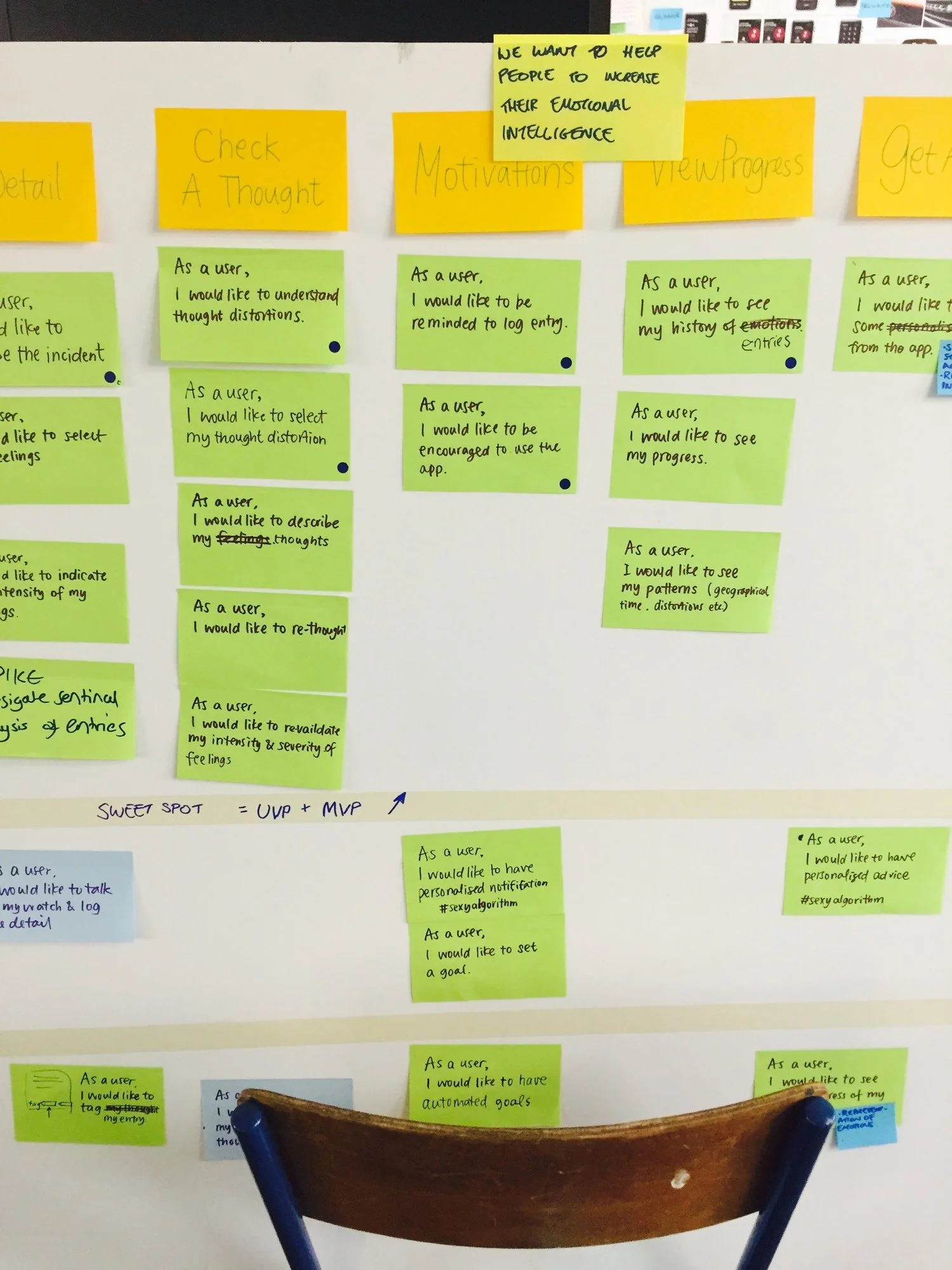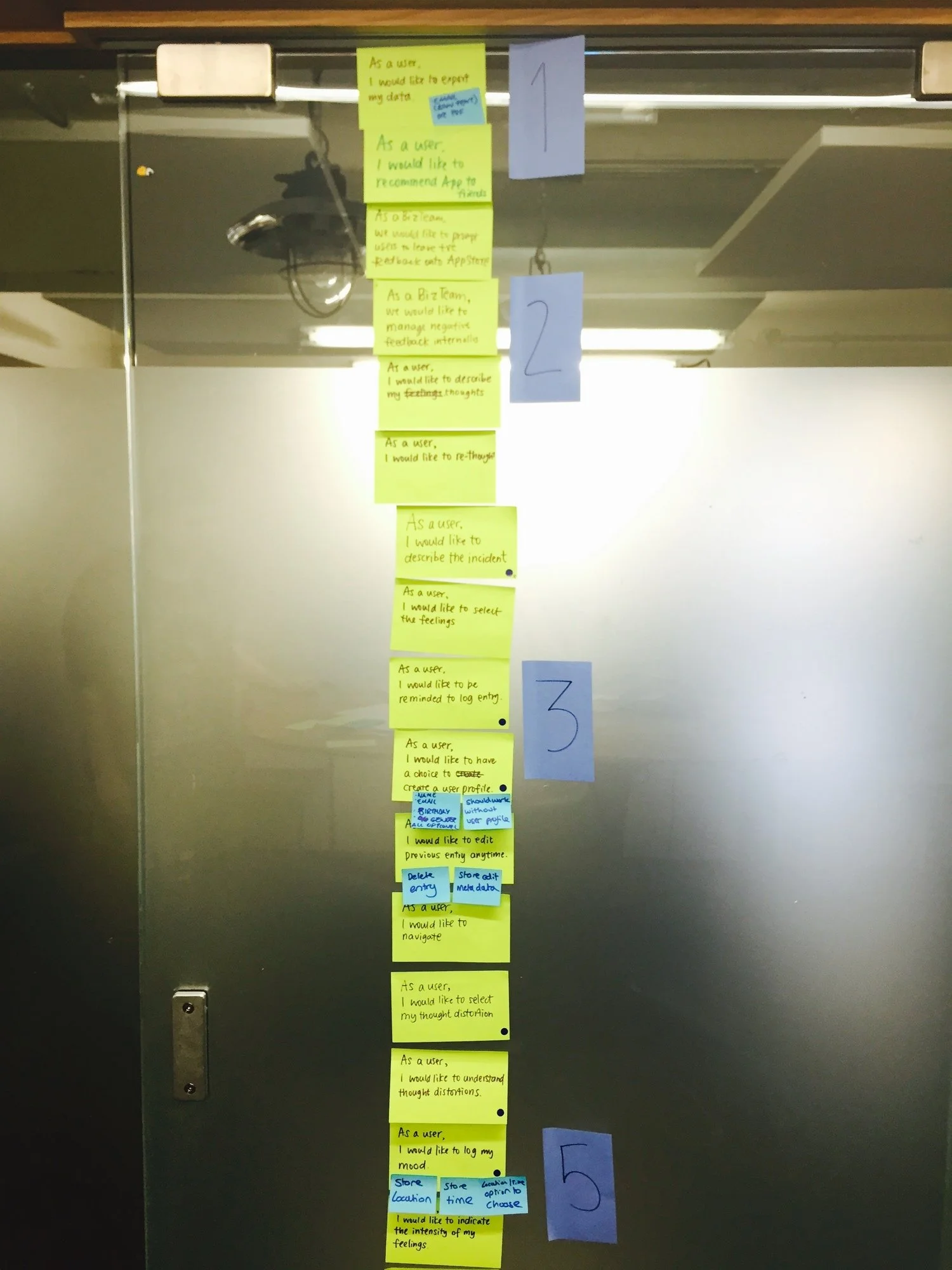Moodnotes
Moodnotes is a journaling application to support healthier thinking patterns. It was a joint venture set-up between ustwo and psychologists.
Cognitive behaviour therapy with positive psychology
How often do you honestly answer the question, “How are you…”? The design of the application involved physically swiping to bookmark your mood in the moment, and with more time, identify and document which thinking traps you might be falling into. Over time users also note trends and insights they notice.
Positive reception
Heart-warming user feedback
4.5 stars
18.5K downloads & 31K thoughts checked in 3 months with $0 spent on marketing,
47.1% of userbase were active after 30 days.
Video by Ben Powell
-
Whilst working for the design studio ustwo, I identified the opportunity to create a first proof-point to guide the company into the healthcare sector.
Working with a talented team we launched the minimum viable product in 3 months.
-
By 2030 the WHO predict depression will be the number 1 cause of global disability.
Back in 2016 there were not many applications in the market for people to own their health journey.
The ustwo design studio had talent on the bench between projects and 70% of designers wanted to work in healthcare, we just needed a first proof-point.
Without clinical expertise in-house we needed to forge a relationship with the right team. That’s where Thriveport came in.
-
I came up with the idea of a joint venture and found the partnering psychologists. I led the (amazing) product design team from user research through to ideation, launch and developed a scaling strategy.
We had a lead engineer, visual designer and multiple designers drop in and out.
-
The team was incredibly committed and passionate to work with. Two visual designers were responsible for the amazing styling.
We worked with the psychologists to boil down their scientifically backed content into micro-copy.
We carried out UX research with “extreme” personas (a monk, actress, coach), which inspired our backlog creation.
Other highlights included ensuring thinking traps icons were semiotically meaningful and including a print function for therapy sessions.

